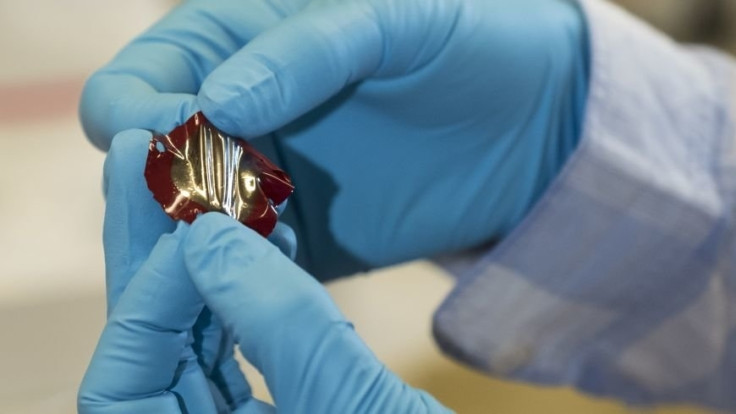This super-sensitive, flexible material generates electric energy on being stretched or compressed
The thin and flexible material works on the piezoelectric effect – the idea of converting mechanical stress into electric charges.

A group of researchers has developed a unique rubber-like organic material that produces electricity on being stretched or compressed.
The thin and flexible material, which is quite hard to produce at present, works on the piezoelectric effect – the ability of certain materials to convert mechanical stress into electric charges, Phys.org reports.
The phenomenon has been seen widely in analogue record players that guide a needle through the grooves of a record to generate mechanical vibrations. These vibrations are then converted into electric impulses, which are further amplified to generate sound waves.
In this case, however, researchers from Empa – the Swiss Federal Laboratories for Materials Science and Technology, leveraged the idea to go beyond its conventional applications.
They first created a thin elastic film by shaping and combining polar nanoparticles and silicon. Then, in order to add piezoelectric capabilities in that film, they introduced an electric field to the material by heating it at high temperatures. Ultimately, the rubber film is cooled and brought back to room temperatures.
With further developments in future, the flexibility and organic nature of this film could be applied in a number of ways. It could be used in several biomedical devices, such as pacemakers and pressure sensors, where compressing of the material would generate a readable electric pulse for the device.
Explaining how this material could generate electricity for implanted devices and eliminate the need of replacing batteries through invasive surgeries, Opris said, "This material could probably even be used to obtain energy from the human body. You could implant it near the heart to generate electricity from the heartbeat, for instance."
Among other applications, the flexible material could even be integrated with clothing items to monitor the wearer's daily activity or reworked to develop a sensitive robotic skin, which could give bots a sense of touch.





















